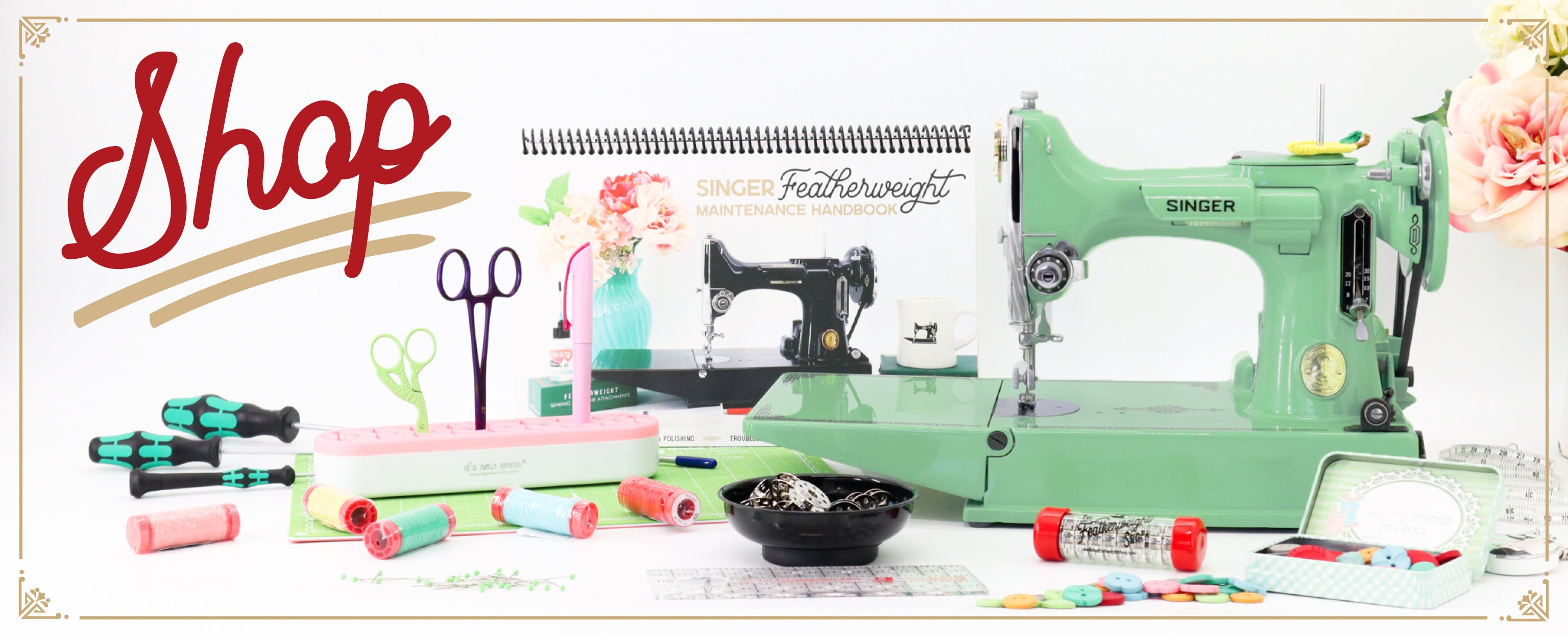How to Use the Single Thread Embroidery Attachment

The Single Thread Embroidery Attachment was made by the Singer Manufacturing Company beginning in 1930 and continuing up through the 1950’s It is yet another very scarce attachment to find today.
During the last years of production, it was referred to as a Style-O-Matic. (However, do not confuse the name “Style-O-Matic” with the actual Style-O-Matic Attachment which was from the 1930’s as well.)

You will not find the part number 26538 anywhere on the attachment; however, it will be stamped on the box. (The numbers you will find on the attachment are actually just the part numbers that are indicative of each specific part comprising the attachment.)

The Single Thread Embroidery Attachment can be used to add a special monogram to a quilt block, trace a stamped pattern for a pillow or tea towel or embellish a dress hem. Email us with your creative ideas – we would love to see what you make!



When starting out, make sure you apply the attachment before putting the needle in place, otherwise, the needle will just get in the way. Also, be sure to read through the instructions all the way through so you can become more familiar with how Singer originally instructed its use.








Old-fashioned Singer engineering is brilliant, don’t you think!?
Remember, this was all accomplished on my Singer Featherweight 221!
If you have any questions, feel free to e-mail or give us a call anytime.

